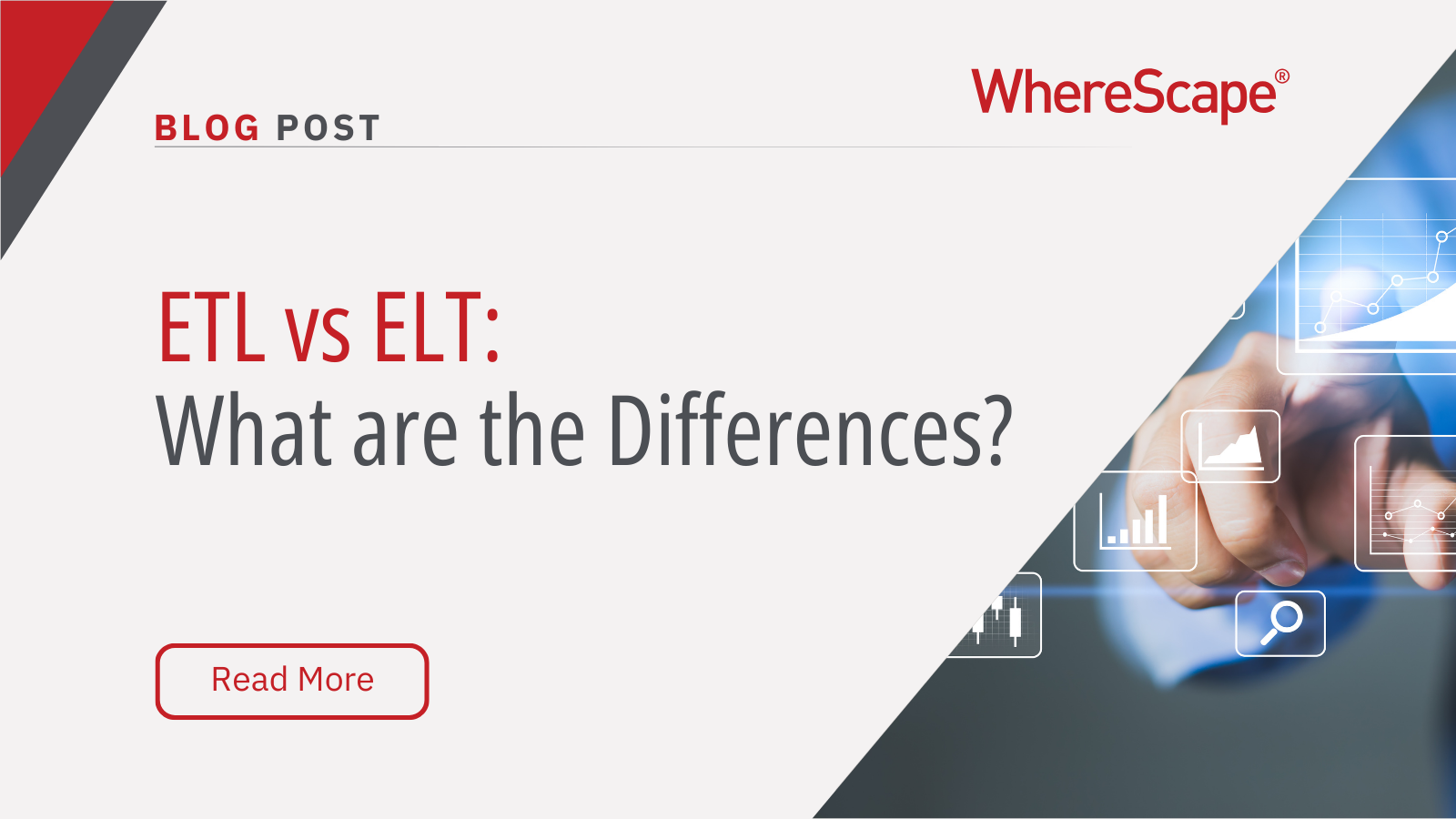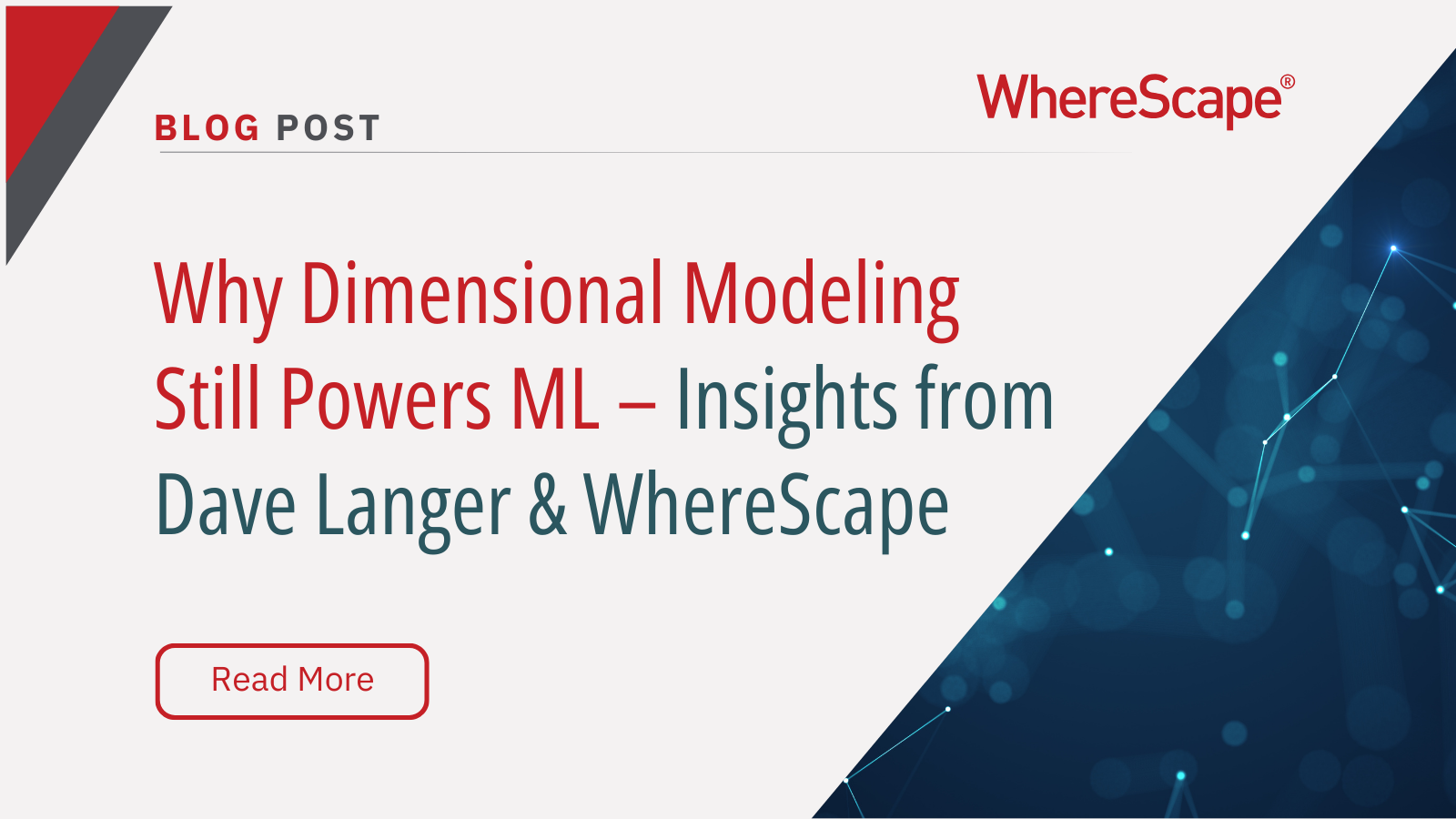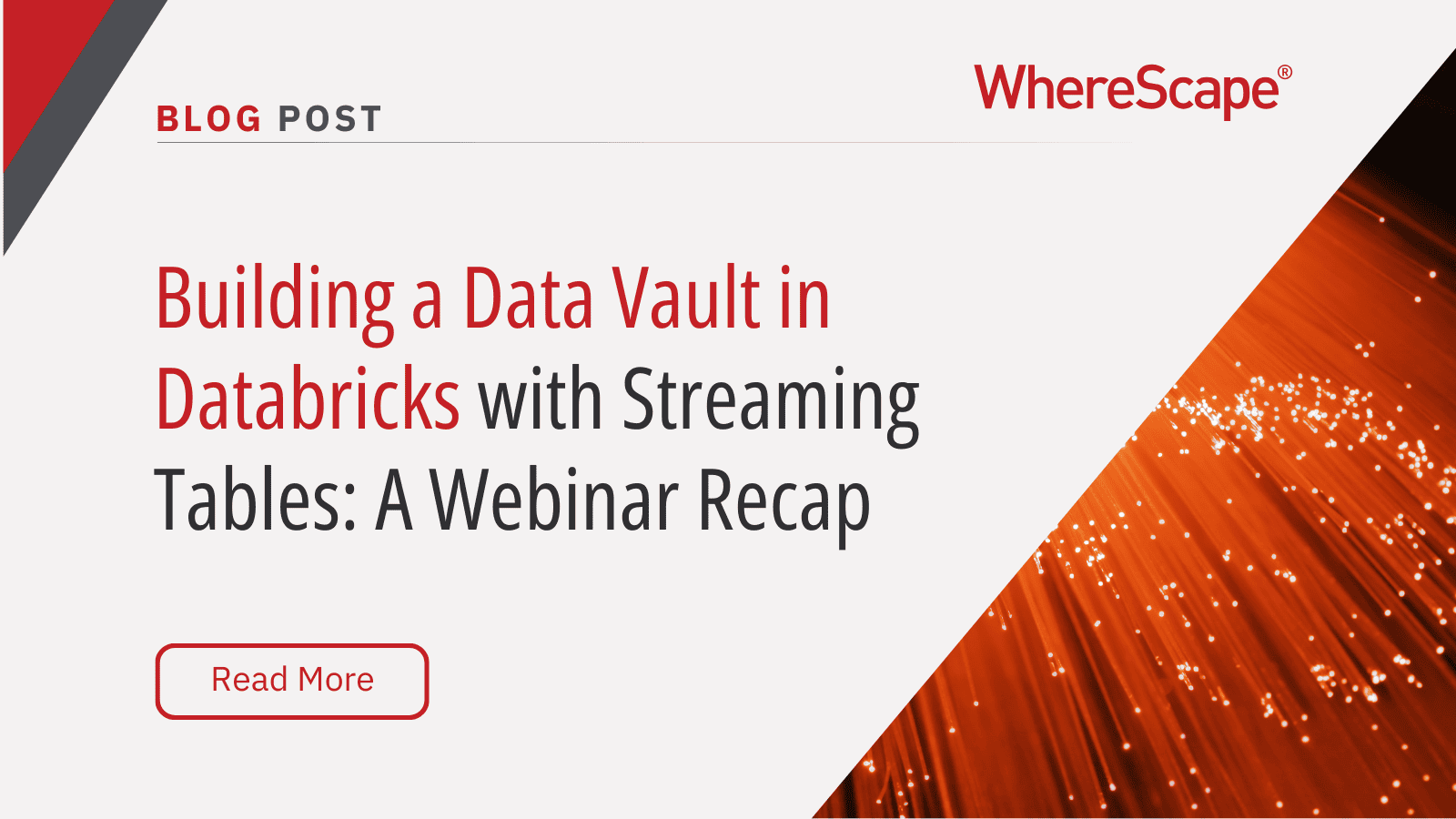Join us for a 60-minute live demo of...
8 Reasons to Make the Switch to ELT Automation
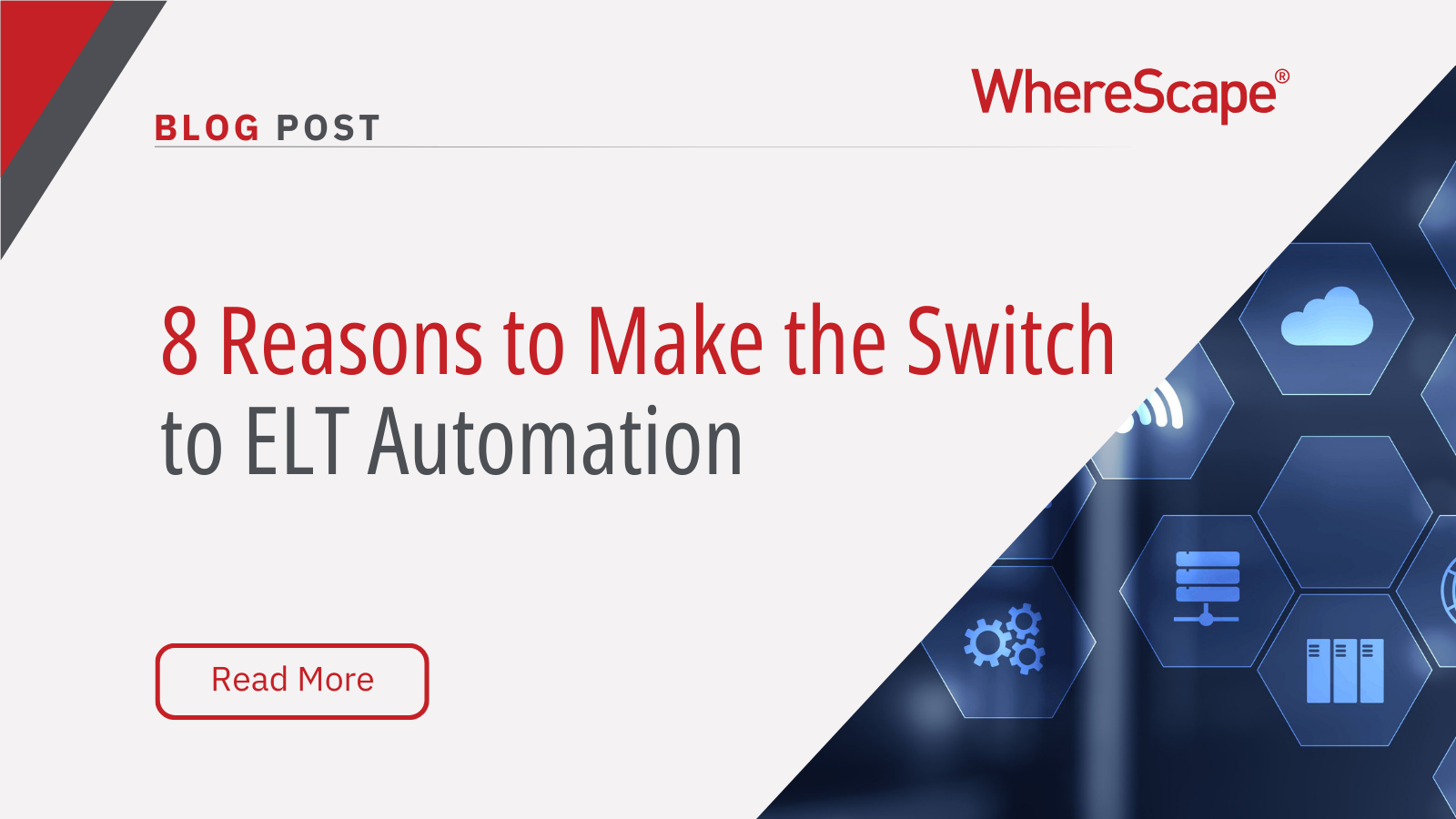
Extraction, loading, and transformation (ELT) processes have been in existence for almost 30 years. It has been a programming skill set mandatory for those responsible for the creation of analytical environments and their maintenance because ELT automation works. Sadly though, ELT alone is not good enough to keep up with the speed at which modern analytical needs change and grow.
ELT Process
The increasingly complex infrastructures of most analytical environments, the addition of massive amounts of data from unusual sources, and the complexity of the analytical workflows all contribute to the difficulties that implementation teams have in meeting the needs of the business community. Just the length of time it takes to create a new report – a relatively simple process – demonstrates that just having traditional ELT skills is not enough. We must improve and speed up all data integration by introducing automation into ELT processes.
Automating is more than just relieving the implementers of creating over and over the many mundane and repetitive tasks. Among its many benefits are the following:
1. Automated Documentation
Automation ensures that the ELT processes are not just tracked but documented in terms of up-to-date metadata on every extraction, every transformation, every movement of the data, and every manipulation performed on it as it makes its way to the ultimate analytical asset (a report, an analytic result, a visualization, a dashboard widget, and so on).
This metadata is not an afterthought; it is integral to the automation software itself and is always current. It is as useful to the business community as it is to the technical implementation staff. Business users increase their adoption of analytical assets if they can determine that the asset was created from the same data they would have used, that it was properly integrated with other sets of data and that the ultimate analytical asset is exactly what they need. In other words, they trust the data and assets.
2. Document Process Automation
By setting up routine programs to handle common tasks like date and time processing, reference and look-up tables, and serial key creation, the analytical teams establish much-needed standards. The implementers can spin up new data and analytical assets or perform maintenance on existing assets without introducing “creative” (non-standard) data into these critical components. No matter where the data resides (on-premises, in the cloud, in a relational database, or not), these sets of data remain the same, making their utilization so much easier by all (business community or technical staff).
3. Data Lineage
A significant automation boon to any analytical environment is its automatic creation of the data’s lineage. Data lineage consists of the metadata that shows all the manipulations occurring to data from its source(s) to its ultimate target database as well as the individual operations to produce analytical assets (algorithms, calculations, etc.). Think how useful that information becomes to business users, data scientists, and others using and creating analytical assets. Being able to understand how upstream ELT changes can affect downstream analytical assets eliminates so many problems for users and implementers alike.
4. Faster Time-to-Value
Project lead time is greatly reduced with automation when adopting a new technological target (e.g., moving to Snowflake or Azure Synapse or Databricks) or migrating from an on-premises environment to a cloud-based one. Much of the ELT code generated from automation technology can be easily retrofitted to the new environment through simple pull-down menu options. Minimal additional recoding efforts will be needed. In essence, by adopting automation, an organization is basically “future-proofing” its analytical architecture – no small accomplishment!
5. Agile Methodology
ELT automation supports the technical staff as they move to adopt a more iterative and agile methodology. Rather than having a series of discrete steps in a traditional methodology with hand-offs between staff, all the steps for data integration are encapsulated in the automation tool so that moving from one step to another is seamless and fast. The same resource can perform all the data integration steps without any handoffs. This makes the adoption of an agile methodology not only possible but compelling.
6. Data Governance
By capturing all the technical metadata and ensuring its accuracy and currency, automated ELT serves another audience nicely – the data governance function. Understanding the full life cycle of data integration from initial capture to ultimate target, data stewards can monitor where the data came from (approved sources or not), what changes and transformations were performed on it (standard calculations or personalized ones), and what analytical assets can now be certified (“Enterprise-approved” or “Corporate Standards”).
7. Data Modeling
One of the more difficult migrations an analytical environment may go through is a change in its data modeling style. For example, switching from a star schema-based data warehouse to one based on the Data Vault design. Without data integration automation and well-documented metadata, this change would require a total rewriting of all ELT code.
With automation, all the steps leading to the ultimate storage of the data may be preserved and only the last few processes that create the database schema and load the data would have to be altered. Much of the intellectual capital can be preserved and the change made quickly and efficiently.
8. Data Fabric
Finally, many organizations are considering a new architecture to replace their aging data warehouses – the “Data Fabric”. The idea of a data fabric started in the early 2010s. Since then, many papers, vendors, and analyst firms have adopted the term. The goal of a data fabric is to create an architecture that encompasses all forms of analytical data for any type of analysis (e.g., from straightforward reporting to complex business analysis to complicated data science explorations) with seamless accessibility and shareability by all those with a need for it.
Data in a data fabric may be stored anywhere throughout the enterprise which makes automated ELT a mandatory tool for increasing the likelihood of success in this new endeavor. Well-documented ELT greatly reduces the overall complexity by streamlining the creation and maintenance of this highly distributed environment.
The Strategic Advantage of ELT Automation
ELT Automation transcends mere data handling improvements; it’s a strategic revolution in data integration. This transformation brings critical advantages that are essential in the labyrinth of today’s analytical landscapes. Not only does it cater to the technical workforce by streamlining operations and reducing errors, but it also aligns with business objectives by enabling agility and ensuring data integrity.
In an era where traditional, cumbersome ELT methodologies falter under the weight of complexity and speed, ELT Automation emerges as the linchpin for enterprises aiming to swiftly adapt and innovate. By embracing automation, organizations are not just enhancing their data processes—they are securing a competitive edge, ensuring that they can swiftly respond to market changes and seize new opportunities without compromising on the quality or accuracy of their analytical assets. It’s not just about keeping up; it’s about setting the pace.
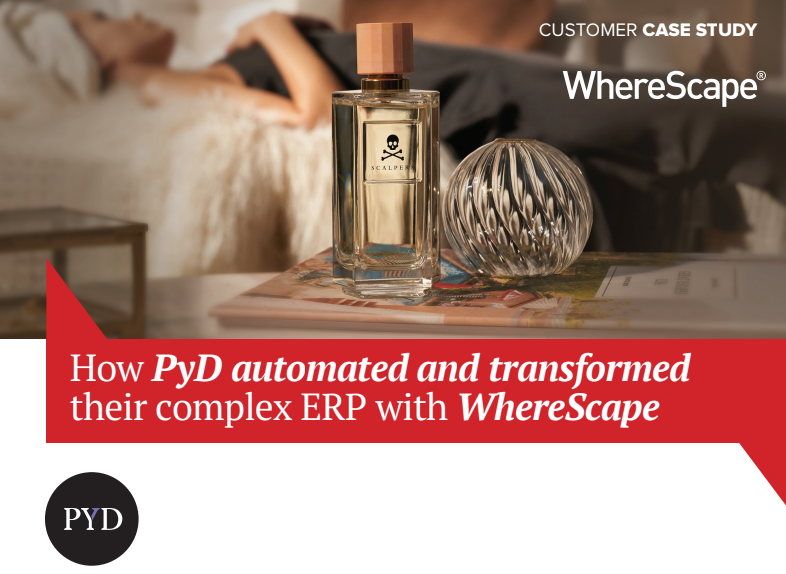
Automating ELT: The PyD and WhereScape Success Story
PyD, a luxury perfume and cosmetics company based in Madrid, Spain, faced a significant challenge with its complex ERP system. With 220 employees and a global presence, PyD needed to streamline its data processing for Business Intelligence purposes, overcoming inefficiencies and manual error risks inherent in its existing setup.
The Challenge
The primary obstacle for PyD was the cumbersome, non-standardized ERP system that made data management and report generation time-consuming and prone to errors. This complexity hindered the company’s ability to develop efficient data warehouse structures and processes.
The Solution
PyD turned to WhereScape, a leading data automation solution provider, implementing WhereScape® 3D and WhereScape® RED. These tools were chosen not just for their ETL capabilities but for their comprehensive approach to designing, developing, deploying, and operating the entire data warehouse.
The Results
With WhereScape, PyD was able to automate the design and development of ELT routines for its ERP system, significantly improving data availability and format accuracy for analysis. This led to a unified reporting system, streamlined processes, and future-proofed data management practices. Iván San José, PyD’s IT Director, highlighted the software’s ease of use and versatility in solving complex data challenges, noting its potential for future competitiveness.
PyD’s experience illustrates the transformative potential of ELT automation in modern data management. By adopting WhereScape’s solutions, PyD not only addressed its immediate challenges but also positioned itself for ongoing success in a rapidly evolving business landscape. This case study demonstrates the importance of integrating automation into ELT processes to enhance efficiency, reliability, and strategic adaptability. Read the full case study here.
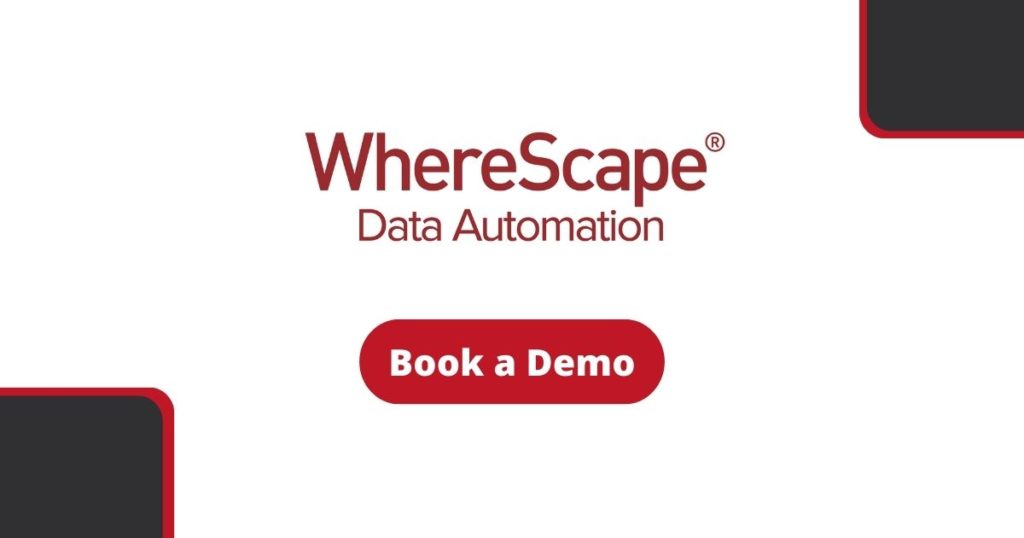
Elevate Your Data Strategy with ELT Automation
The digital era demands swift, reliable data management, and ELT Automation stands out as the strategic solution. We’ve outlined the undeniable advantages of integrating ELT Automation into your data processes, highlighting its role in streamlining operations, enhancing data governance, and accelerating project timelines. Through PyD’s success story, we showcased the profound impact of WhereScape’s automation solutions on business intelligence and data management efficiency.
Embrace the change. ELT Automation is your gateway to a future-proof data ecosystem, offering unmatched operational efficiency and strategic agility. Book a demo with WhereScape today, and take the first step towards transforming your data management processes. It’s time to lead with confidence in a data-driven world.
ETL vs ELT: What are the Differences?
In working with hundreds of data teams through WhereScape’s automation platform, we’ve seen this debate evolve as businesses modernize their infrastructure. Each method, ETL vs ELT, offers a unique pathway for transferring raw data into a warehouse, where it can be...
Dimensional Modeling for Machine Learning
Kimball’s dimensional modeling continues to play a critical role in machine learning and data science outcomes, as outlined in the Kimball Group’s 10 Essential Rules of Dimensional Modeling, a framework still widely applied in modern data workflows. In a recent...
Automating Data Vault in Databricks | WhereScape Recap
Automating Data Vault in Databricks can reduce time-to-value by up to 70%—and that’s why we hosted a recent WhereScape webinar to show exactly how. At WhereScape, modern data teams shouldn't have to choose between agility and governance. That's why we hosted a live...
WhereScape Recap: Highlights From Big Data & AI World London 2025
Big Data & AI World London 2025 brought together thousands of data and AI professionals at ExCeL London—and WhereScape was right in the middle of the action. With automation taking center stage across the industry, it was no surprise that our booth and sessions...
Why WhereScape is the Leading Solution for Healthcare Data Automation
Optimizing Healthcare Data Management with Automation Healthcare organizations manage vast amounts of medical data across EHR systems, billing platforms, clinical research, and operational analytics. However, healthcare data integration remains a challenge due to...
WhereScape Q&A: Your Top Questions Answered on Data Vault and Databricks
During our latest WhereScape webinar, attendees had fantastic questions about Data Vault 2.0, Databricks, and metadata automation. We’ve compiled the best questions and answers to help you understand how WhereScape streamlines data modeling, automation, and...
What is Data Fabric? A Smarter Way for Data Management
As of 2023, the global data fabric market was valued at $2.29 billion and is projected to grow to $12.91 billion by 2032, reflecting the critical role and rapid adoption of data fabric solutions in modern data management. The integration of data fabric solutions...
Want Better AI Data Management? Data Automation is the Answer
Understanding the AI Landscape Imagine losing 6% of your annual revenue—simply due to poor data quality. A recent survey found that underperforming AI models, built using low-quality or inaccurate data, cost companies an average of $406 million annually. Artificial...
RED 10: The ‘Git Friendly’ Revolution for CI/CD in Data Warehousing
For years, WhereScape RED has been the engine that powers rapidly built and high performance data warehouses. And while RED 10 has quietly empowered organizations since its launch in 2023, our latest 10.4 release is a game changer. We have dubbed this landmark update...
The Assembly Line for Your Data: How Automation Transforms Data Projects
Imagine an old-fashioned assembly line. Workers pass components down the line, each adding their own piece. It’s repetitive, prone to errors, and can grind to a halt if one person falls behind. Now, picture the modern version—robots assembling products with speed,...
Related Content
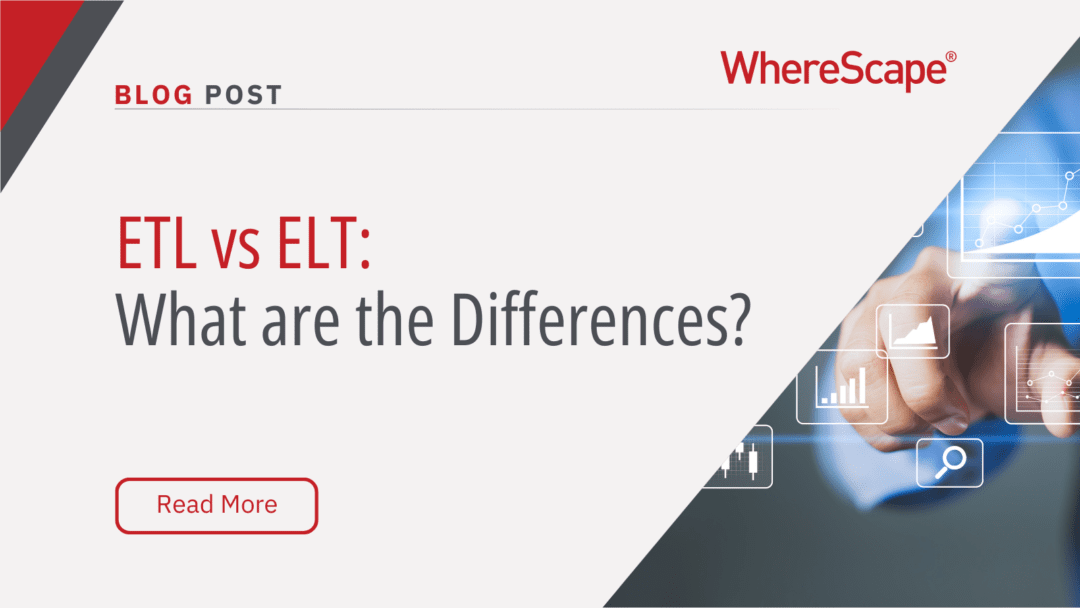
ETL vs ELT: What are the Differences?
In working with hundreds of data teams through WhereScape’s automation platform, we’ve seen this debate evolve as businesses modernize their infrastructure. Each method, ETL vs ELT, offers a unique pathway for transferring raw data into a warehouse, where it can be...
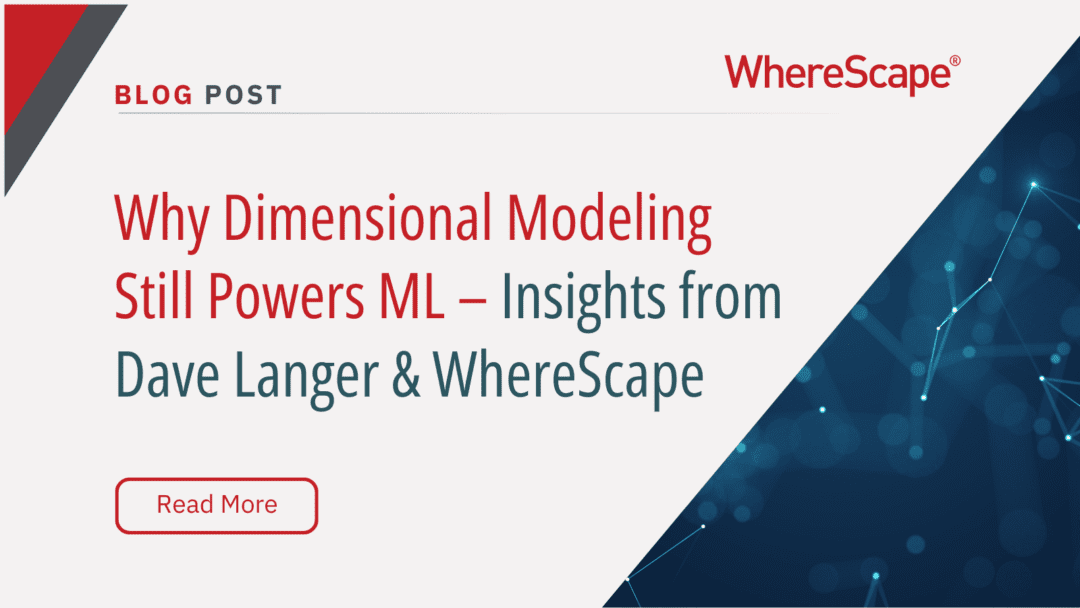
Dimensional Modeling for Machine Learning
Kimball’s dimensional modeling continues to play a critical role in machine learning and data science outcomes, as outlined in the Kimball Group’s 10 Essential Rules of Dimensional Modeling, a framework still widely applied in modern data workflows. In a recent...
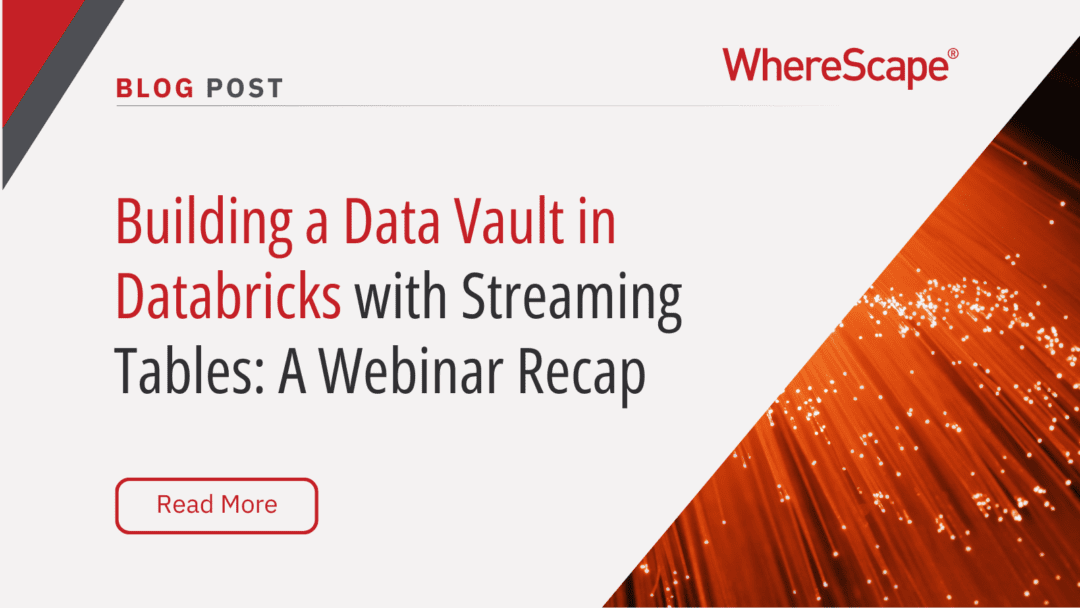
Automating Data Vault in Databricks | WhereScape Recap
Automating Data Vault in Databricks can reduce time-to-value by up to 70%—and that’s why we hosted a recent WhereScape webinar to show exactly how. At WhereScape, modern data teams shouldn't have to choose between agility and governance. That's why we hosted a live...

WhereScape Recap: Highlights From Big Data & AI World London 2025
Big Data & AI World London 2025 brought together thousands of data and AI professionals at ExCeL London—and WhereScape was right in the middle of the action. With automation taking center stage across the industry, it was no surprise that our booth and sessions...


